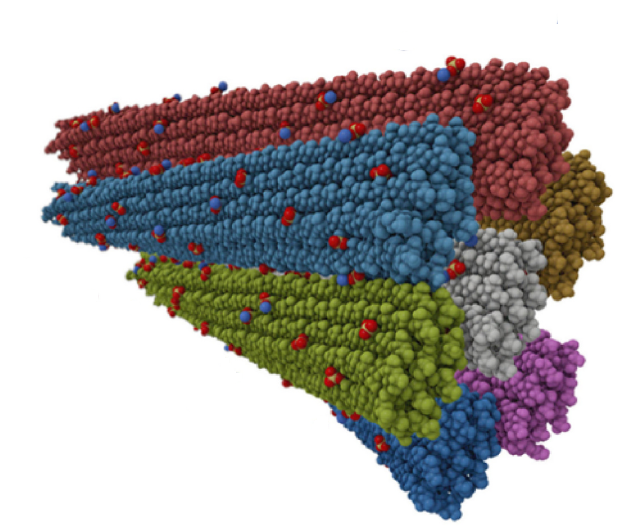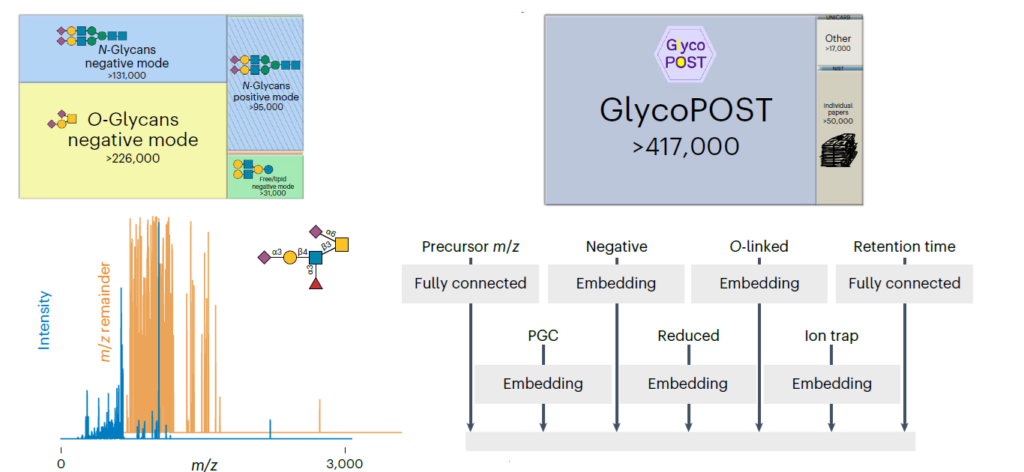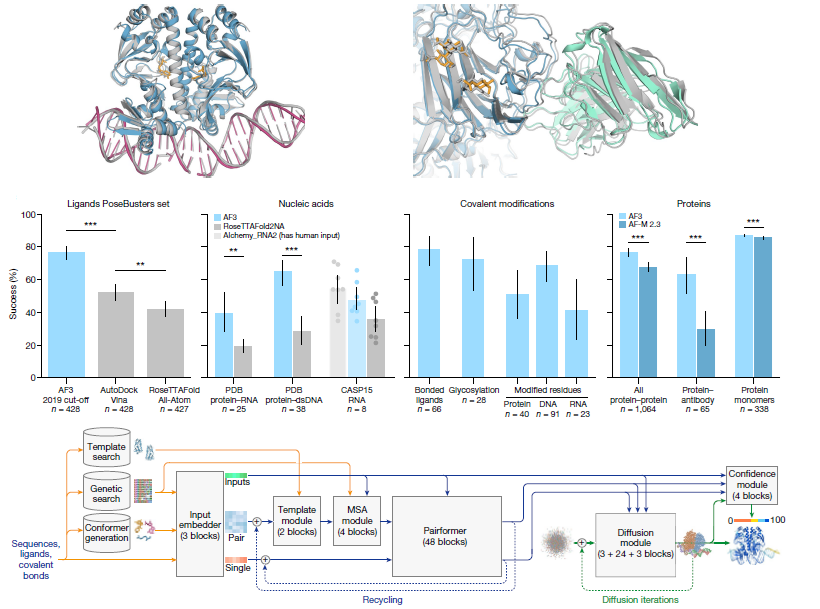ABSTRACT.
Physical laws—such as the laws of motion, gravity, electromagnetism, and thermodynamics—codify the general behavior of varied macroscopic natural systems across space and time. The authors propose that an additional, hitherto unarticulated law is required to characterize familiar macroscopic phenomena of our complex, evolving universe.
An important feature of the classical laws of physics is the conceptual equivalence of specific characteristics shared by an extensive, seemingly diverse body of natural phenomena.
Identifying potential equivalencies among disparate phenomena—for example, falling apples and orbiting moons or hot objects and compressed springs—has been instrumental in advancing the scientific understanding of our world through the articulation of laws of nature.
A pervasive wonder of the natural world is the evolution of varied systems, including stars, minerals, atmospheres, and life. These evolving systems appear to be conceptually equivalent in that they display three notable attributes :
1) They form from numerous components that have the potential to adopt combinatorially vast numbers of different configurations ;
2) processes exist that generate numerous different configurations ;
3) configurations are preferentially selected based on function.
The authors identify fundamental source of selection—static persistence, dynamic persistence, and novelty generation—that underpin function and drive systems to evolve through the exchange of information between the environment and the system.
Accordingly, they propose a “law of increasing functional information” stating that
The functional information of a system will increase (i.e., the system will evolve) if many different configurations of the system undergo selection for one or more functions.



